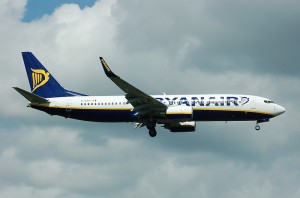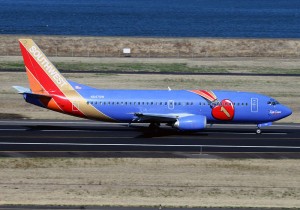Low Cost Carrier Companies
Ryanair is an Irish low cost airline with its head office in Dublin Airport, Ireland. Ryanair operates 250 Boeing 737-800 aircraft on over 1,100 routes across Europe and Morocco from over 44 bases.Ryanair is Europe’s largest low-cost carrier and the third largest airline in Europe in terms of passenger numbers and the largest in the world in terms of international passenger numbers.
EasyJet Airline Company Limited is a British airline headquartered at London Luton Airport. It carries more passengers than any other United Kingdom-based airline, operating domestic and international scheduled services on 500 routes between 118 European, North African, and West Asian airports.
Southwest Airlines Co. is an American low-cost airline. The airline has its headquarters on the grounds of Dallas Love Field in Dallas, Texas. Southwest is the largest airline in the world by number of passengers carried per year. Southwest maintains the third-largest passenger fleet of aircraft among all of the world’s commercial airlines.
Above Low-cost airlines are leading companies. Low-cost airlines attract customers with 40-70% lower ticket price. In order to generate revenue with such a low rate, low-cost airlines generally implement following business strategies:
- A single passenger class
- A single type of aircraft (commonly the Airbus 320 or Boeing 737 families), reducing training and servicing costs
- A minimum set of optional equipment on the aircraft, further reducing costs of acquisition and maintenance, as well as keeping the weight of the aircraft lower and thus saving fuel
- A simple fare scheme, such as charging one-way tickets half that of round-trips
- Flying to cheaper, less congested secondary airports and flying early in the morning or late in the evening to avoid air traffic delays and take advantage of lower landing fees
- Fast turnaround times (allowing maximum use of aircraft)
- Unreserved seating (encouraging passengers to board early and quickly, thus further decreasing turnaround times)
- Simplified routes, emphasizing point-to-point transit instead of transfers at hubs (again enhancing aircraft use and eliminating disruption due to delayed passengers or luggage missing connecting flights)
- Encourage the use of direct flights. Luggage is not automatically transferred from one flight to another, even if both flights are with the same company
- Generation of ancillary revenue from a variety of activities, such as à la carte features and commission-based products
- Emphasis on direct sales of tickets, especially over the Internet (avoiding fees and commissions paid to travel agents and computer reservations system)
- Employees working in multiple roles, for instance flight attendants also cleaning the aircraft or working as gate agents (limiting personnel costs)
- A disinclination to handle Special Service passengers, for instance by placing a higher age limit on unaccompanied minors than full service carrier
- Aggressive fuel hedging programs
- Passengers paying charges for extras, such as hold luggage, online check in and priority boarding
- Avoiding using jet ways to board and alight passengers by using a mobile stairway which is a cheaper alternative
- Not supplying meals in a flight, but offering snacks, sandwiches and drinks instead to purchase on board
- No refunds or transfers to later flights in the event of missed flights, i.e. if the aircraft leaves on time without a passenger who arrived late, he will have to buy a wholly new ticket for the next flight


